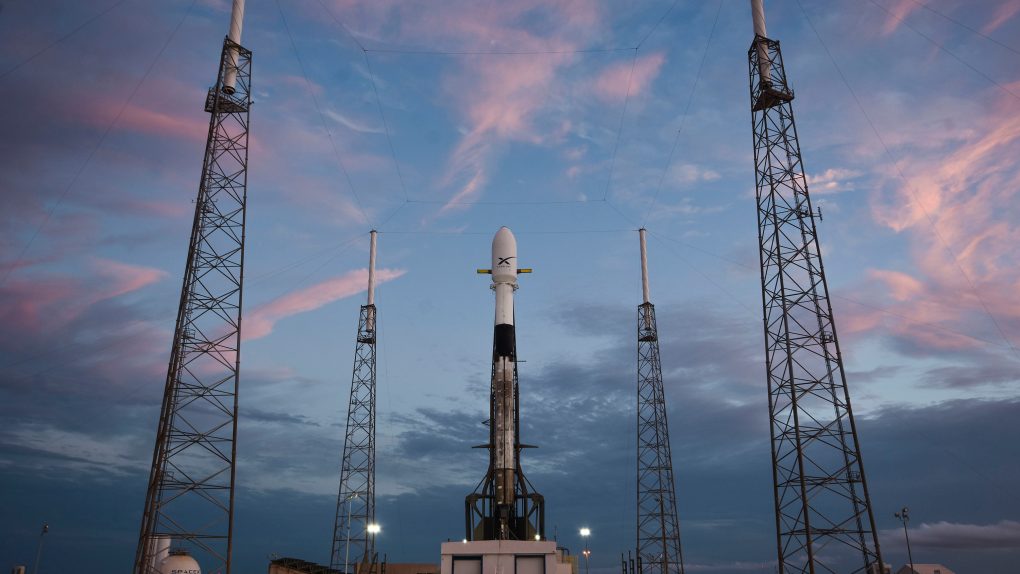- SpaceX’s Starlink internet service is up and running, at least for a small number of testers.
- The company is still working on developing its user hardware, which includes a terminal that connects to the satellite network flying high overhead.
- SpaceX says it wants to begin beta testing by the end of the year before eventually opening things up for a larger number of people in the not-so-distant future.
SpaceX has been launching its tiny Starlink satellites into space for some time now. The company has hundreds of the satellites orbiting Earth, gradually forming a massive grid that could eventually contain as many as 54,000 individual satellites. This huge network is designed to provide high-speed data service to even the most remote areas of the planet, but accessing its considerable speed requires special hardware.
The company’s solution — a user terminal that is pointed at the sky to provide a direct link to the Starlink network — is ultimately what will make Starlink either an easy-to-use high-speed data alternative or a total pain and more trouble than it’s worth. Now, early testers are finally getting the opportunity to try it out, and initial impressions seem mostly positive.
Steve Jurvetson, a SpaceX board member, teased his early demo of the Starlink service in a tweet. “Went to HQ and set up a Starlink terminal that connected to the satellites orbiting overhead,” Jurvetson said. “Simplest out-of-box experience imaginable. Can’t wait to upgrade my broadband later this year!”
SpaceX boss Elon Musk chimed in with a comment as well, noting that “it will get even simpler,” while promising that setting up a Starlink terminal will be as easy as “plug in & point at the sky.” He says it can be done in either order.
It will get even simpler. Just two instructions for Starlink: plug in & point at sky. Can be done in either order.
— Elon Musk (@elonmusk) June 14, 2020
SpaceX may already be firing hundreds of Starlink satellites into the skies, but development of user terminals is still in progress. Ideally, gaining access to the Starlink network would be as easy as Jurvetson claims, a simple plug-and-play affair with very little hassle and nothing that the average user could accidentally mess up.
However, as anyone who has used satellite television service knows, using hardware that communicates directly with satellites flying high overhead can be frustrating. Not only is weather sometimes a major concern but, as Teslarati accurately puts it, having to “babysit” the hardware to ensure a high-quality user experience is a recipe for disaster.
The good news is that SpaceX doesn’t have to rush things. The company still only has a small fraction of the tens of thousands of Starlink satellites in orbit, and it won’t be opening up the floodgates to a large number of users for a while. In the meantime, it can work on perfecting the user experience and making things as simple and idiot-proof as possible.








